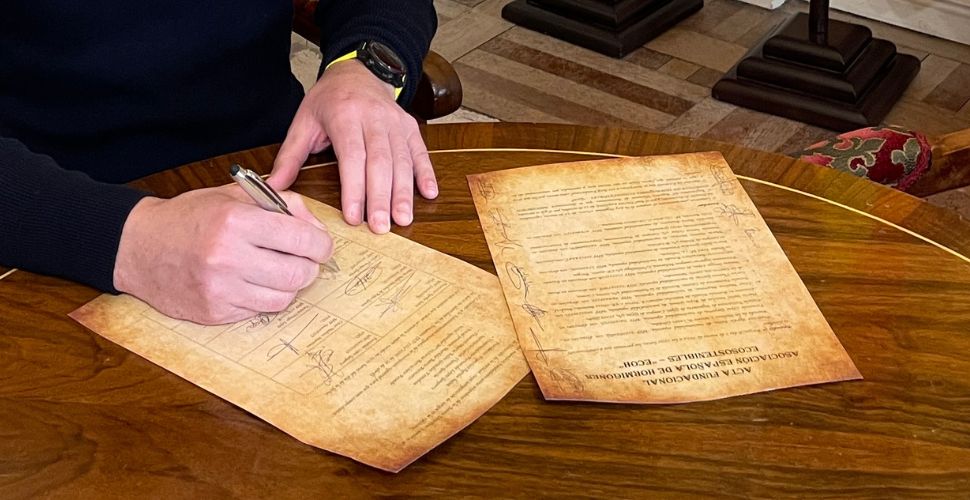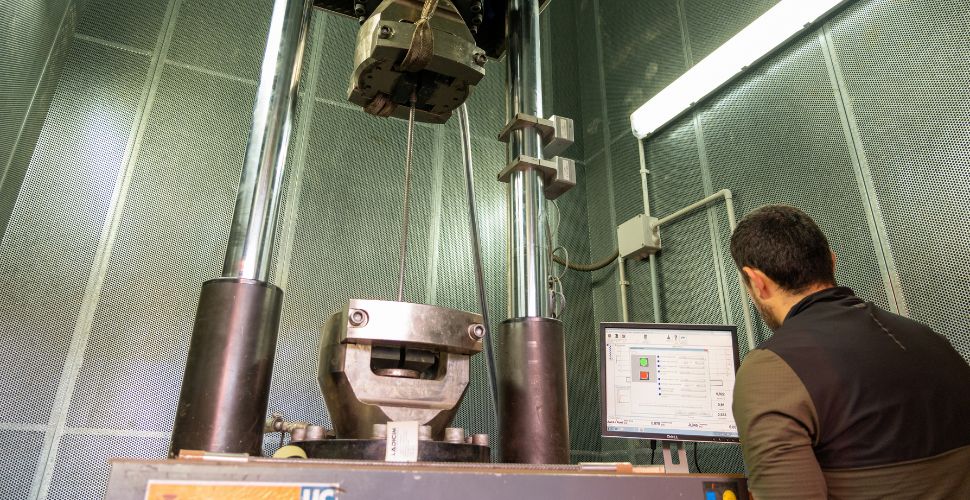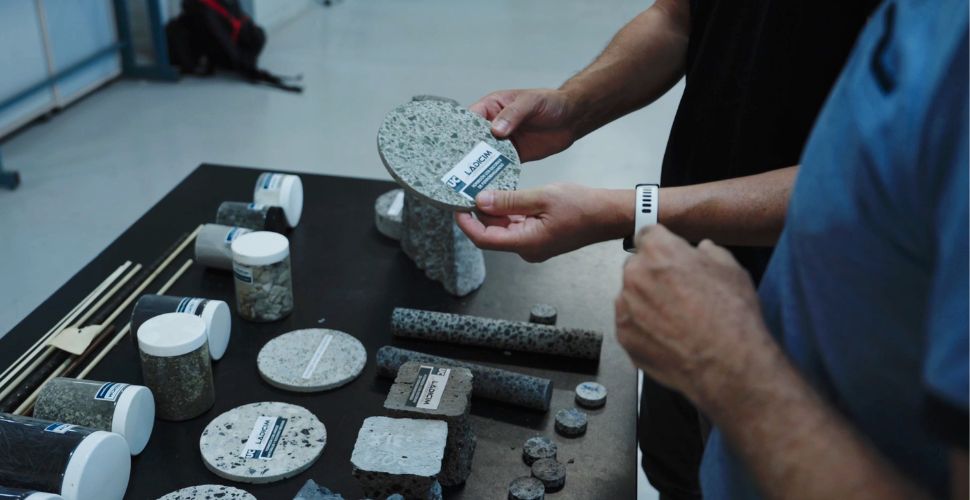LADICIM participates in the creation of the Spanish Association of Eco-sustainable Concretes
The organization integrates specialized researchers from the CSIC and the universities of Cantabria, A Coruña, Extremadura, Granada, Córdoba, Oviedo, Burgos and polytechnics of Catalonia and Valencia
The Materials Science and Engineering Division Laboratory (LADICIM) will represent the University of cantabria in the newly created Spanish Association of Ecosustainable Concretes (EcoH). The organization, heir to the Sustainable Concrete Network of Excellence, also has as founding partners the Higher Council for Scientific Research (CSIC) and the universities of A Coruña, Extremadura, Granada, Córdoba, Oviedo, Burgos and the polytechnics of Catalonia and Valencia.
Concrete production is one of the practices that consumes the most natural resources in the construction industry. It is estimated that approximately 10 billion tons of concrete are used each year globally, which requires large quantities of water, aggregates (gravel, sand) and cement.
The main component of concrete, cement, is responsible for approximately 8% of global CO2 emissions. The production of Portland cement, the most common, involves the calcination of limestone (calcium carbonate), a process that releases significant amounts of CO2. In addition to these direct emissions, its production generates indirect emissions from the associated energy consumption, mainly fossil fuels, to operate the cement kilns.

Furthermore, the extraction of aggregates necessary for concrete production can have significant effects on local ecosystems, including the alteration of water courses and soil erosion. The extraction and transportation processes of these materials also contribute to environmental pollution.
How to fight against environmental impact?
The clearest opportunity to reduce the impact of concrete production about the environment is solid waste recycling that are generated during its production and after the demolition of buildings or infrastructure, as well as the obtaining of cements and binders from more sustainable raw materials, such as waste. Under the right conditions, these wastes can be crushed and used as aggregates in new concrete, thus reducing the demand for new materials and the amount of waste sent to landfills.
La Asociación EcoH, chaired by Francisco Agrela, professor at the University of Córdoba,aims to facilitate cooperation between research centers, universities and companies to share knowledge and resources on research into recycled and eco-sustainable concrete. It also assumes the responsibility of disseminating this knowledge among the scientific community and among the companies that are part of this industry. In fact, one of the first goals of the Association is to expand the membership base with academics, students, professionals and companies interested in eco-sustainable concrete.
All these objectives come together in the definitive aspiration of implementing research results in commercial and residential projects to improve the sustainability of buildings and infrastructure. This transfer of knowledge is nothing more than the reflection of a commitment acquired by all members of the Association to collaborate in reducing the environmental impact of construction through research and innovation.

“This is a key moment for the industry”, said Francisco Agrela, president of the new Association. “Recycled concrete is not only a necessity from an environmental point of view, but also an economic opportunity for companies seeking to adapt to new regulations and improve their corporate image in the face of an increasingly environmentally conscious market.”
LADICIM's experience in eco-sustainable concrete
LADICIM’s experience in research related to eco-sustainable concrete was key to the launch of the Network of Excellence that laid the foundations for the creation of the new Association, where the Laboratory will also be represented by professor Carlos Thomas, responsible for the sustainable concrete area of LADICIM and secretary of the EcoH Association. “Participating in the Spanish Association of Eco-sustainable Concretes allows us not only to advance our research, but also to directly apply our discoveries for the benefit of society,” he explained.
Professor Thomas currently leads the SEACOND project, with which LADICIM investigates the creation of recycled and highly durable concrete in a particularly complex environment such as the marine environment.
The Laboratory has participated for years in strategic studies for the development of sustainable concretes. Highlights his role in the project RECNHOR (2006-2008), financed by the Ministry of the Environment and where the foundations of the Spanish regulations were laid that define the requirements that aggregates must meet to be used in the manufacture of structural recycled concrete.

LADICIM was also part of the CLEAM project (2008-2010), financed by the Spanish Center for Industrial Technological Development (CDTI) and promoted by the Spanish construction companies Acciona, Dragados, Ferrovial, FCC, Isolux, OHL and Sacyr. This project, with a budget of 25 million euros, was the continuation of the research carried out within the framework of RECNHOR and allowed the results obtained in the first phase of the study to be tested.
The Laboratory’s active participation in these key projects resulted in Professor Thomas’ doctoral thesis and one of the most cited scientific articles in its field: ‘Durability of recycled aggregate concrete’, by Thomas, C.; Setién, J.; Polanco, J.A.; Alaejos, P.; Sánchez De Juan, M.
LADICIM is currently an international reference in the generation of knowledge about recycled concrete, promoting and participating in some of the most advanced studies in this field. Since its founding, the Laboratory has also maintained a firm commitment to the transfer of knowledge in all its lines of research. In this case, works in close collaboration with specialized companies in the manufacture of concrete and cement, as well as in other phases of the construction value chain, to implement its research in industrial processes and return to society part of what it invests in academic research.





